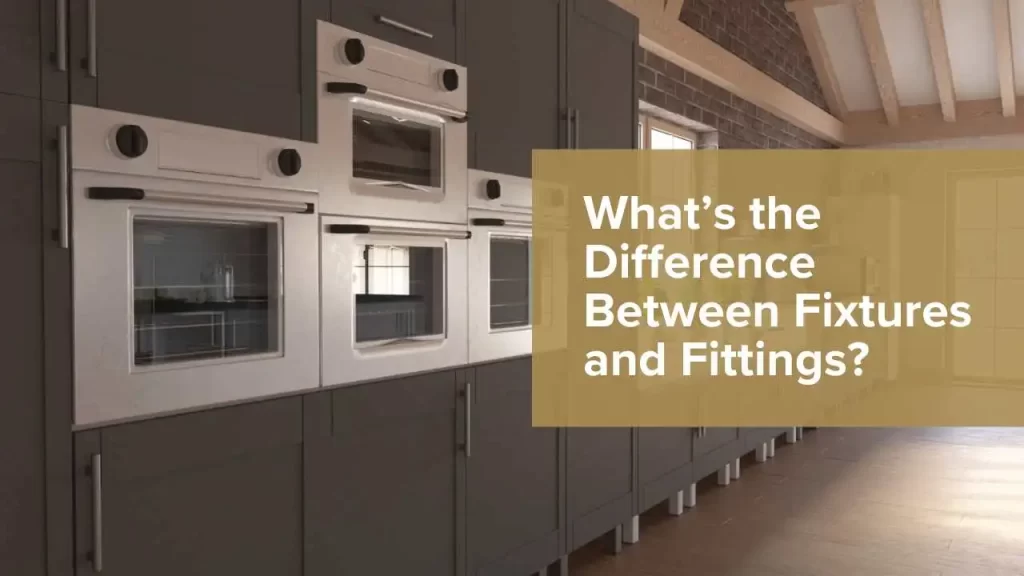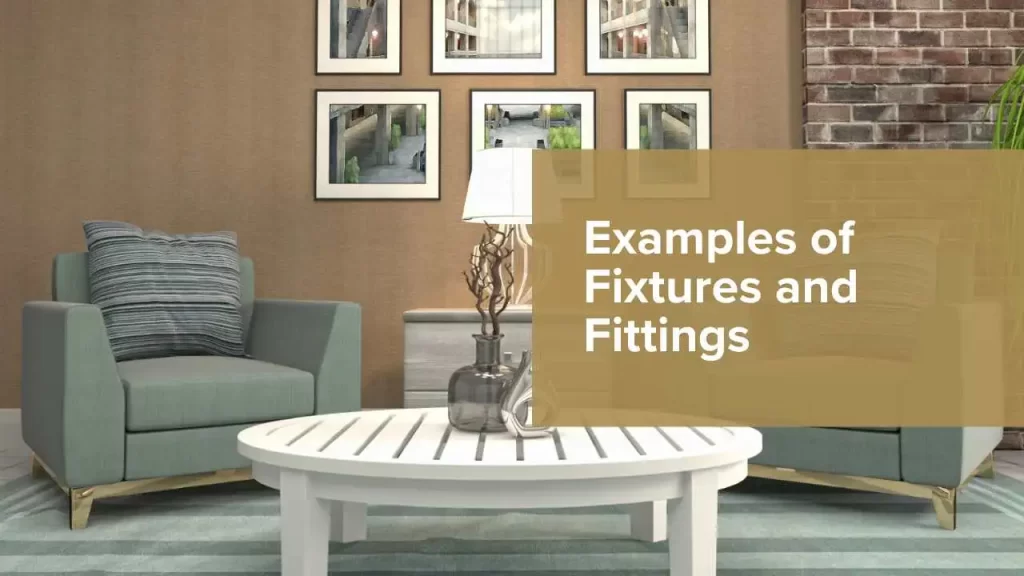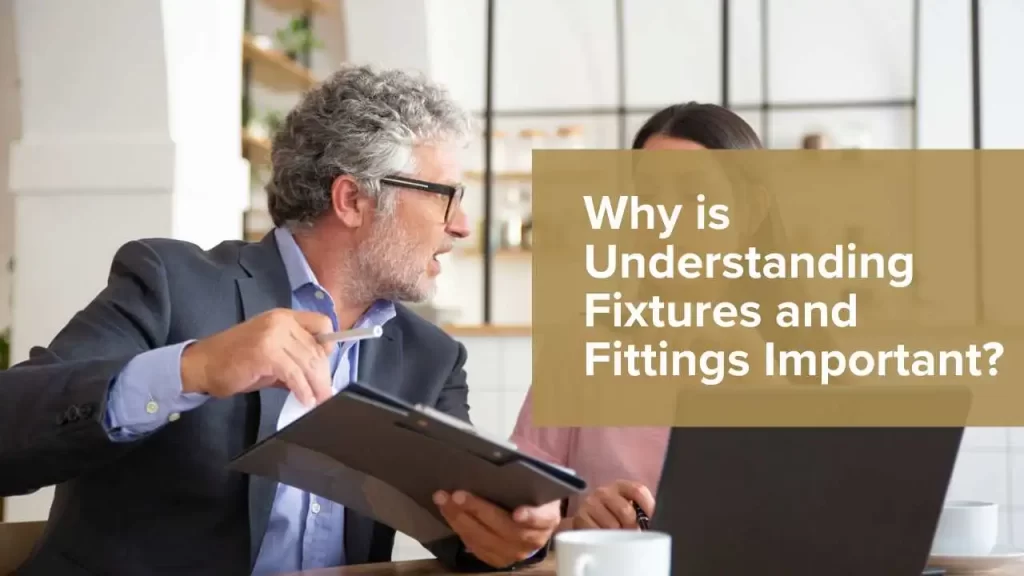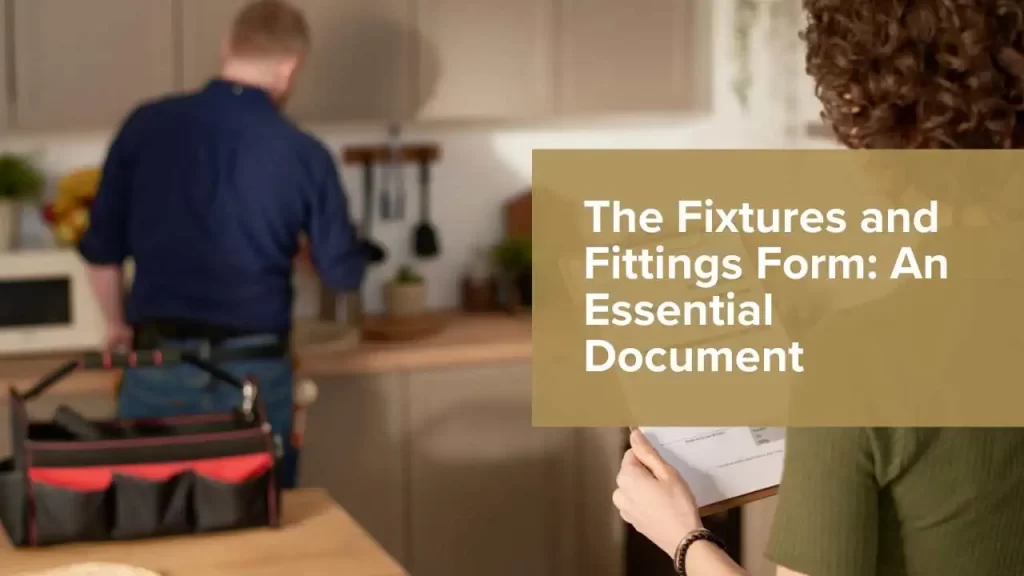Fixtures and Fittings Made Easy: A Property Management Guide

In the world of property management, understanding fixtures and fittings is essential for both landlords and tenants. Whether you’re managing rental properties, selling homes, or purchasing real estate, knowing the difference between these two types of items can prevent confusion and ensure smooth transactions. In this extended guide, we delve deeper into the types of fixtures and fittings, provide examples, and explain how to handle them effectively in property management.
What’s the Difference Between Fixtures and Fittings?
While the terms fixtures and fittings are often used interchangeably, they have distinct meanings in property law and real estate transactions. The key difference lies in their attachment to the property.
- Fixtures are items that are permanently attached to the property, such as built-in wardrobes, kitchen cabinets, and radiators. These items are an integral part of the building or structure and cannot be removed without causing damage or requiring professional assistance.
- Fittings, on the other hand, are items that are not permanently attached to the property. They can be easily removed without causing harm to the property and usually include movable objects like furniture, curtains, or appliances.
Key Takeaway:
If an item is affixed in such a way that removing it would cause damage or require tools, it’s likely a fixture. If it can be removed without any impact on the property, it’s a fitting.

Examples of Fixtures and Fittings
To make it easier to understand, let’s break down examples of common fixtures and fittings found in homes:
Examples of Fixtures:
- Boilers – A central heating boiler is an essential part of a property’s infrastructure.
- Built-in Furniture – Items such as fitted wardrobes, kitchen cupboards, or bookcases that are fixed to the walls.
- Kitchen Appliances – Dishwashers and hobs that are permanently installed into the kitchen cabinetry.
- Lighting – Fitted light fixtures, chandeliers, or recessed lighting that are wired into the property.
- Radiators – These are fixtures because they are integral to the property’s heating system.
- Fireplaces – A traditional or modern fireplace that is built into the structure of the house.
Examples of Fittings:
- Sofas, Chairs, and Tables – All free-standing furniture items.
- Free-standing Appliances – Fridges, washing machines, and microwaves that can be moved.
- Curtains and Blinds – While the curtain rail may be considered a fixture, the curtains themselves are typically fittings.
- Rugs and Carpets – While carpet may seem permanent, loose rugs are considered fittings.
- Television – A TV mounted to the wall may be a fixture, but a TV on a stand is a fitting.
Confusing Items:
- Curtain Rails & Light Fixtures – These can often be ambiguous. Some sellers might leave curtain rails or light fixtures behind, while others may choose to take them. It’s always wise to clarify these items in the fixtures and fittings agreement.

Why is Understanding Fixtures and Fittings Important?
Understanding the difference between fixtures and fittings is essential for several reasons:
Clarity in Property Transactions
In both property sales and rentals, buyers, sellers, landlords, and tenants must know what is included in the sale or lease. Disputes over what should or should not be included can arise if these items aren’t clarified beforehand.
Avoiding Legal Disputes
If the agreement on fixtures and fittings is unclear, it could lead to legal disputes. To avoid confusion, ensure that everything is documented in the property agreement, whether it’s a sale or a rental.
Impact on Property Valuation
Fixtures are often considered part of the property’s value and may affect the overall property price. Fittings, however, are personal property and are not considered part of the property’s valuation.

What Should You Leave Behind When Selling or Renting a Property?
When selling or renting a property, it’s assumed that fixtures will stay, and fittings will be removed. However, there’s often room for negotiation.
For example:
- Buyers may request that certain fittings like white goods (fridges, washing machines) stay, particularly if they are free-standing.
- Landlords may include furniture or appliances as part of the rental agreement, especially in furnished or semi-furnished properties.
Clear communication is key in property transactions. Always have a written agreement that specifies which items will remain and which will be taken. This agreement is particularly important for items like:
- Appliances – Free-standing kitchen appliances like fridges and microwaves
- Furnishings – Whether the property will be rented furnished or unfurnished
- Personal Belongings – Sellers may want to take personal items such as decorative art, while buyers might expect these to stay.

The Fixtures and Fittings Form: An Essential Document
When selling a property, completing the Fixtures and Fittings Form (also known as the TA10 form) is an essential part of the process. This form is a legally binding document that specifies which items will be included in the sale and which will be excluded.
For landlords and tenants, it’s also beneficial to have a similar inventory list that clearly outlines what will stay in the rental property. This helps avoid disputes and ensures both parties are on the same page about what’s included in the rental.
What to Include on the Form:
- Appliances (built-in or free-standing)
- Furniture (e.g., sofas, wardrobes)
- Fittings (e.g., curtain rails, light fixtures)
- Fixtures (e.g., radiators, boilers)

Legal Considerations for Fixtures and Fittings
In property law, there is no definitive legal definition for what constitutes a fixture versus a fitting, and this often leads to ambiguity. However, the general principle is that fixtures are part of the property, and fittings are personal items that can be removed.
It’s also worth noting that stamp duty applies to fixtures that are considered permanent parts of the property, but it does not apply to removable fittings (also known as chattels). Be sure to specify what’s included in your sale agreement to avoid any potential confusion regarding taxation.

Conclusion: Stay Transparent and Clear
Whether you’re a landlord, tenant, buyer, or seller, understanding the difference between fixtures and fittings is essential for smooth property transactions. Being transparent about what is included or excluded from a sale or lease can help avoid confusion and potential legal issues.
At Property Management Company, we understand the importance of clear communication and proper documentation in property management. We ensure that all property-related agreements are clear, comprehensive, and legally sound. Whether you’re looking to sell, rent, or manage a property, we’re here to help guide you through every step of the process.
For more assistance with fixtures and fittings, or for any of your property management needs, don’t hesitate to contact us today!




